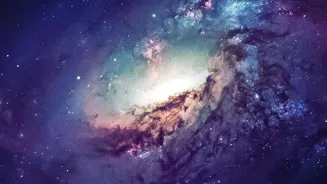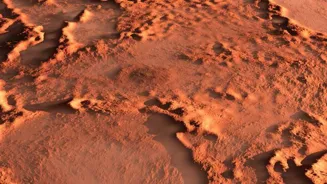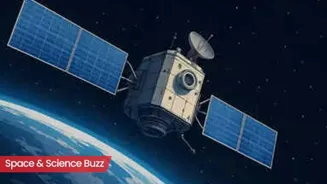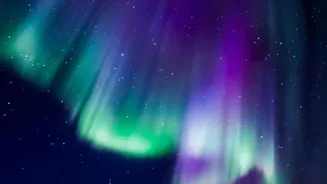Unlocking the Secrets of the Universe: Exploring the Most Distant Objects in Space. Dive into the mysteries beyond!
The universe, as many know, is a truly big space, maybe even endless. For years, scientists
and astronomers in India and across the world have looked up, trying to see the furthest stuff out there. They want to know what's at the very edge of what we can see.
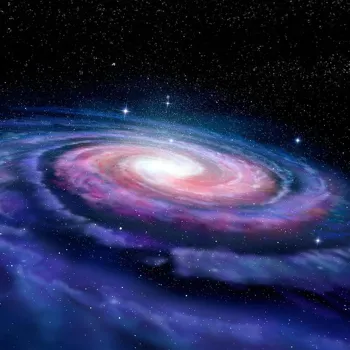
These far-off things, with big names like quasars and galaxies, tell us a lot about how the universe started and changed over time. In this article, we'll take a look at some of the farthest objects that have been found, and what they mean for learning about the universe.
Imagine looking back in time – that's what seeing these faraway objects is like. The light from them has travelled for billions of years to reach us, showing things as they were a long, long time ago. It's like looking at old photos of the universe when it was just a baby!
Finding and studying these things is not easy. It takes really strong telescopes and smart ideas to figure out how far away they are.
Quasars powered by massive black holes in young universe
Quasars, bright spots in the young universe, are powered by super big black holes at the centre of galaxies. These black holes are like giant vacuum cleaners, drawing in gas and dust. As this stuff falls in, it gets super hot and shoots out huge amounts of light and energy.
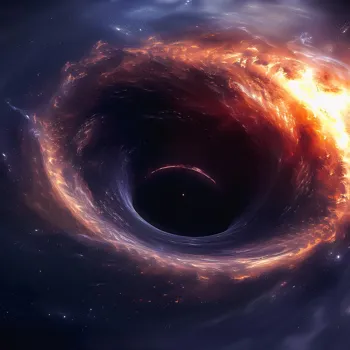
Because they are so bright, quasars can be seen from very, very far away. One of the farthest quasars found is called J0313-1806. It's so far that its light has been travelling for over 13 billion years.
That means we are seeing it as it was only about 670 million years after the Big Bang, when the universe was just starting. Finding quasars like this helps us learn how black holes grew so big so quickly in the early universe.
It's still a puzzle, because we don't fully get how these black holes had enough time to get so huge so early on.
Scientists study distant galaxies like GN-z11 to understand early galaxy formation after the Big Bang
Besides quasars, scientists also look for very far-off galaxies. These are huge groups of stars, gas, and dust, and they can also be seen from huge distances if they are big enough or bright enough. One of the farthest galaxies found is GN-z11. Its light has been travelling for around 13.
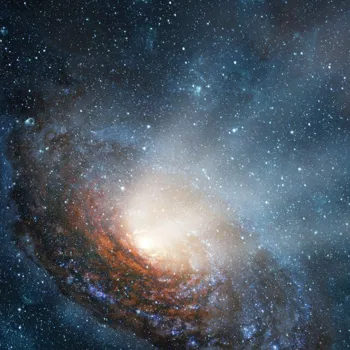
4 billion years, so we are seeing it as it was only about 400 million years after the Big Bang. It’s amazing to think of this galaxy forming so soon after the start of everything! Studying galaxies like GN-z11 helps us figure out how galaxies, like our own Milky Way, formed and changed over time.
These early galaxies are often different from the ones we see today. They tended to be smaller and more chaotic, as they were still in the process of joining together and growing.
Indian scientists study distant galaxies using telescopes, contributing to cosmology
Indian scientists are also contributing to this field. Telescopes like the Giant Metrewave Radio Telescope (GMRT) are used to study faint radio signals from distant galaxies and quasars.
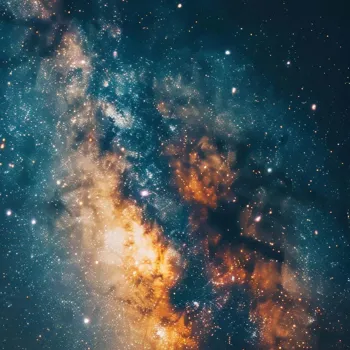
By looking at these signals, scientists can learn about the gas and dust in these early objects, giving us a clearer picture of their composition and activity.
Indian researchers are also involved in international collaborations, using powerful telescopes around the world to observe the farthest objects. The data collected is carefully analyzed to measure the distances and properties of these objects.
This work helps to refine our understanding of the early universe and the processes that shaped it. It's a real team effort, with scientists from different countries working together to decode the secrets of the cosmos.
Powerful telescopes, like JWST, see distant, redshifted objects
The discovery of these distant objects relies on really powerful telescopes. Big ground-based telescopes, like the Very Large Telescope (VLT) in Chile and the Keck Observatory in Hawaii, use giant mirrors to collect as much light as possible.
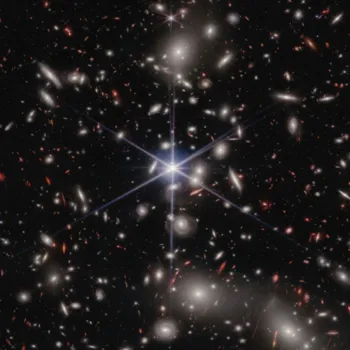
Space telescopes, like the Hubble Space Telescope and the newer James Webb Space Telescope (JWST), are even better because they can see through the Earth's atmosphere, which can blur the images.
The JWST is especially good at seeing infrared light, which is important for studying the farthest objects. As light travels across the universe, it gets stretched out, making it look redder. This is called redshift, and it makes it hard to see these objects in regular light.
The JWST is designed to see this redshifted light, allowing it to see the faintest and most distant objects in the universe.
Studying farthest objects reveals universe's evolution, dark matter, energy, and origins
Looking at the farthest objects is more than just finding cool things far away. It helps us understand how the universe evolved. By studying these early quasars and galaxies, scientists can test their ideas about how the universe started and changed.
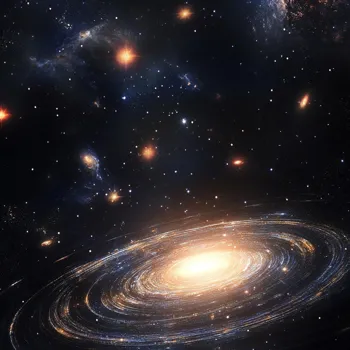
They can also learn about dark matter and dark energy, which are mysterious substances that make up most of the universe. These faraway objects act like cosmic time capsules, taking us back to the very beginning. As technology gets better, we'll be able to see even farther and learn even more.
The journey to understand the far reaches of space is an ongoing adventure, with new surprises waiting to be found.
AI Generated Content. Glance/InMobi shall have no liability for the content